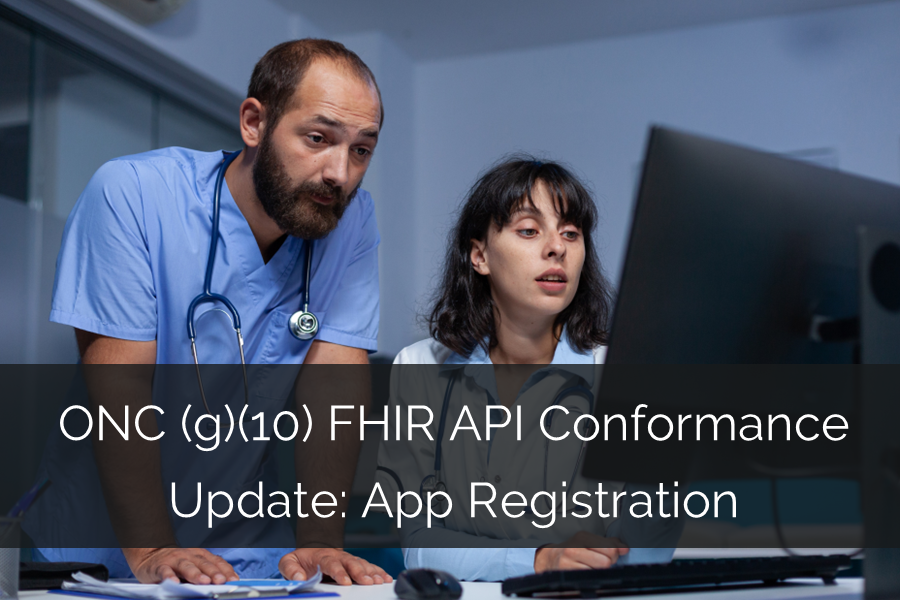Incentivized Adoption to Organic Innovation: The Rise of Headless EHRs
Meaningful Use - Incentivized Adoption
When the Meaningful Use initiative was launched in the United States over a decade and a half ago, it marked a turning point in the digitization of healthcare. Backed by billions in government funding, it incentivized healthcare providers to adopt electronic health records (EHRs), transforming how patient data was captured and shared. This investment drove rapid digitization, but now, years later, we are faced with a new question: Were taxpayers' dollars well spent?
Although Meaningful Use achieved its goal of widespread EHR adoption in the U.S., it also, unfortunately, encouraged a lot of “check-the-box” mentality in EHRs. Priorities became driven by what was the minimum functionality needed to meet the requirements. As the Meaningful Use incentives dried up, the Cures Act reignited some innovation in digital health. FHIR-ready EHRs promised to turn these systems into platforms where users could add apps of their choice, driving innovation beyond the mere digitization of healthcare data. It promised a future where clinicians didn’t have to wait years for their EHR to build that one feature they had asked for. Instead, they could simply say, “There’s an app for that.”
Unfortunately, many EHRs were built long before FHIR was even a “spark” in the healthcare standards world. Therefore, that vision didn’t fully materialize. Once again, many EHRs opted for ways to simply “check the box” rather than becoming truly pluggable, modular platforms. If you are not sure what I mean by “check the box,” check out this blog post by Jason Kulatunga.
Organic Innovation - The Rise of Headless EHRs
Now, we’re witnessing a new wave, driven by innovation happening organically, without the need for large financial incentives. This new movement is the emergence of headless EHRs - healthcare data platforms using a FHIR-based backend. Unlike traditional EHRs, these platforms are being built from the ground up to allow users to pick and choose their own apps, modules, and plugins, providing a flexible and customizable approach to managing patient data. Apps and plugins are not an afterthought; they are integral to how these platforms operate.
As this new wave of healthcare platforms gains momentum, several companies have emerged in the headless EHR movement. Health Samurai, Canvas Health , Medplum, OTTEHR are just a few examples, but there are many more contributing to this transformation. While their approaches may differ, they all share a common focus: leveraging APIs—primarily FHIR APIs—to enable healthcare organizations to build EHRs and EMRs from the ground up.
The rise of this movement can be attributed to:
Customization: Users are no longer forced to conform to rigid systems; they can build their own workflows using the apps and tools they prefer.
Interoperability: Built on the FHIR standard, these platforms facilitate easier connection and data sharing across different systems.
Agility: With fewer dependencies on legacy infrastructure, headless EHRs can quickly adapt to the evolving needs of healthcare organizations.
The Big Question: Was the Investment Worth it?
With all the money spent on Meaningful Use in the U.S., should we have expected more innovation by now? Returning to the original question: Did the investment in traditional EHRs go to waste, or are the lessons learned from that era helping shape the new organic EHR platforms? Can headless EHRs truly replace the giant traditional systems, or are they more about supplementing and enhancing the existing infrastructure? Are we witnessing the beginning of a new era, or is this just a temporary shift in the market?
Join us for a panel discussion where we’ll dive into the potential of healthcare data platforms like headless EHRs, and whether they’re set to disrupt the landscape or coexist with established players. In this panel, moderated by Sidharth Ramesh, Founder of Medblocks, you’ll hear insights from:
John Powderly II, MD, Founder and President of Carolina BioOncology Institute, who will provide a clinical lens on why today’s EHR systems struggle to keep up with cutting-edge innovations.
Jason Kulatunga, Founder of Fasten Health (Techstars '24), will discuss the importance of patient access to data and how EHRs still block this access.
Pawan Jindal, MD, CEO of Darena Solutions | MeldRx, responsible for one of the largest number of live FHIR endpoints in the US, will shed light on US regulation realities and how CDS Apps are separating data from the apps, revolutionizing the healthcare landscape.







